I'm trying to create a certain style of band(ed) matrix (see Wikipedia). The following code works, but for large M (~300 or so) it becomes quite slow because of the for loop. Is there a way to vectorize it/make better use of NumPy and/or SciPy? I am having trouble figuring out the mathematical operation that this corresponds to, and hence I have not succeeded thus far.
The code I have is as follows
def banded_matrix(M):
phis = np.linspace(0, 2*np.pi, M)
i = 0
ham = np.zeros((int(2*M), int(2*M)))
for phi in phis:
ham_phi = np.array([[1, 1],
[1, -1]])*(1+np.cos(phi))
array_phi = np.zeros(M)
array_phi[i] = 1
mat_phi = np.diag(array_phi)
ham += np.kron(mat_phi, ham_phi)
i += 1
return ham
With %timeit banded_matrix(M=300) it takes about 4 seconds on my computer.
Since the code is a bit opaque, what I want to do is construct a large 2M by 2M matrix. In a sense it has M entries on it's 'width 2' diagonal, where the entries are 2x2 matrices ham_phi that depend on phi. The matrix will afterwards be diagonalized, so perhaps one could even make use of its structure/the fact that it is rather sparse to speed that up, but of that I am not sure.
If anyone has an idea where to go with this, I'd be happy to follow up on that!


